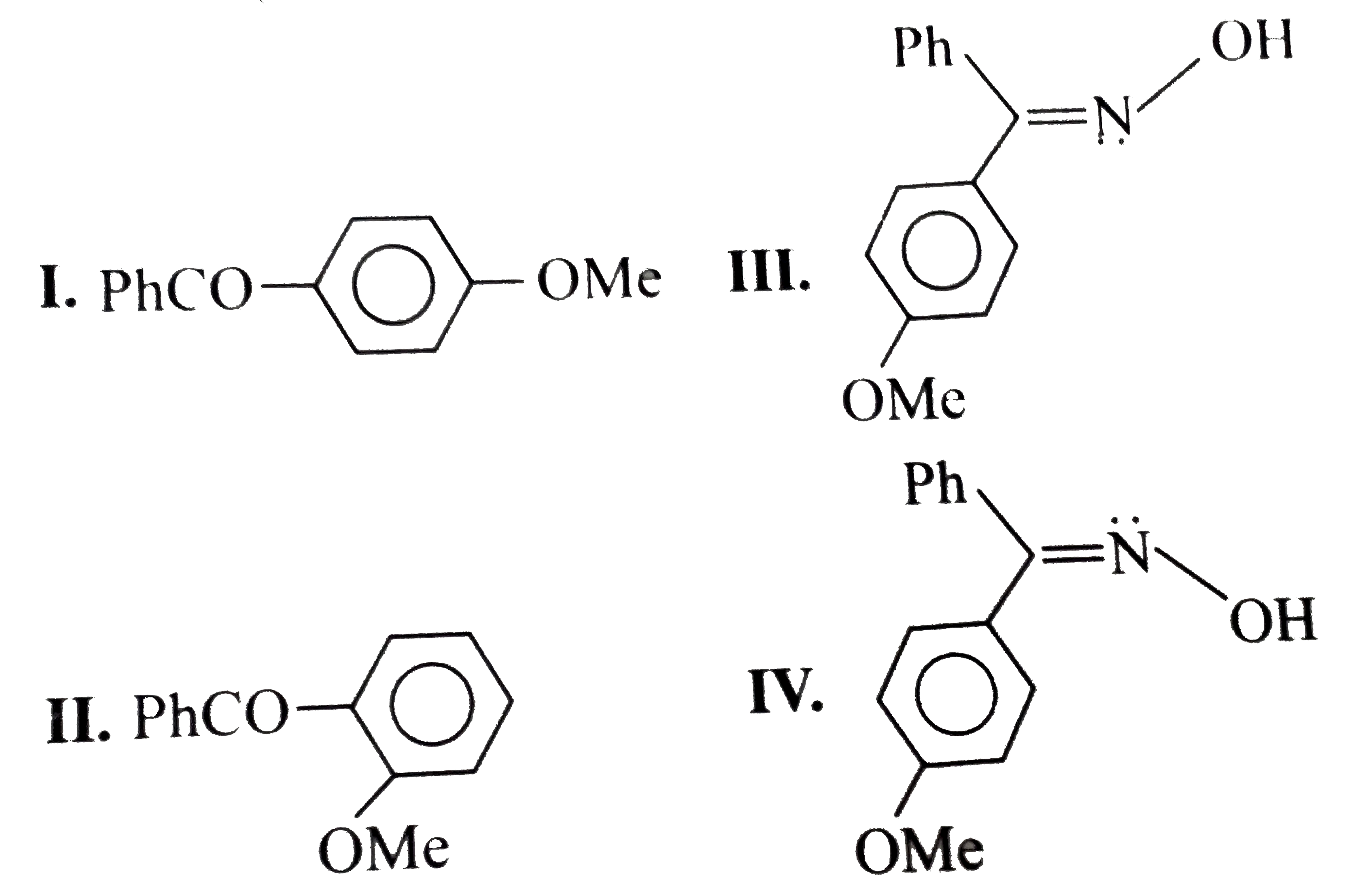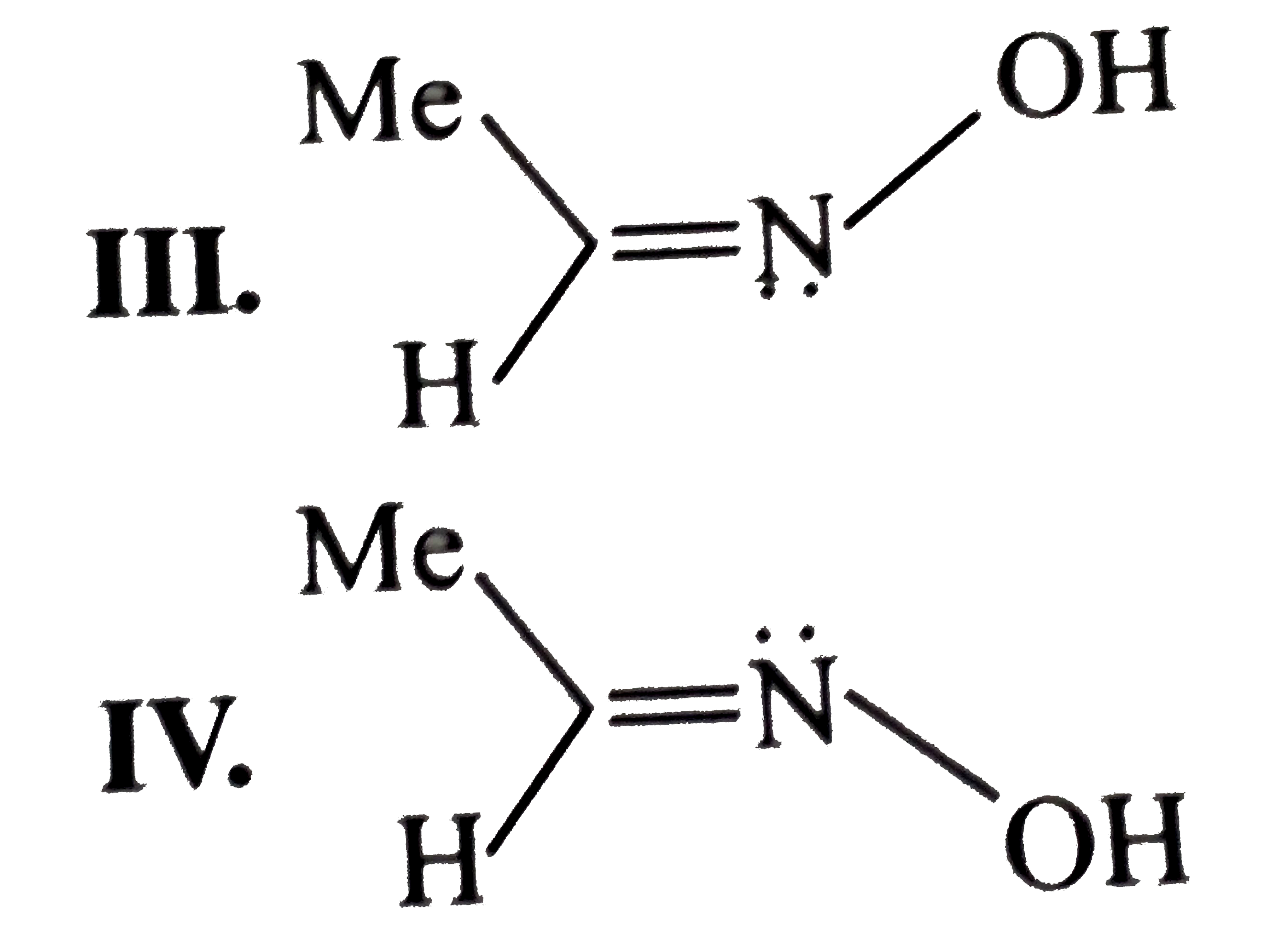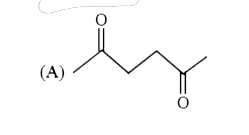Ketone (A) NH2OH.HCl−−−−−−−−→ (B) H⊕−−→

The ketone (A) and compound (B), respectively, are:
Ketone (A)
I. 
Compound (B)
A
(I), (III)
B
(I), (IV)
C
(II), (III)
D
(II), (IV)
Video Solution
Text Solution
The correct Answer is:B
|
Topper's Solved these Questions
- ALIPHATIC AND AROMATIC ALDEHYDES AND KETONESBOOK - CENGAGE CHEMISTRYCHAPTER - ALIPHATIC AND AROMATIC ALDEHYDES AND KETONESEXERCISE - Exercises Assertion-Reasoning
10 Videos
- ALIPHATIC AND AROMATIC ALDEHYDES AND KETONESBOOK - CENGAGE CHEMISTRYCHAPTER - ALIPHATIC AND AROMATIC ALDEHYDES AND KETONESEXERCISE - Archives Objective
10 Videos
- ALIPHATIC AND AROMATIC ALDEHYDES AND KETONESBOOK - CENGAGE CHEMISTRYCHAPTER - ALIPHATIC AND AROMATIC ALDEHYDES AND KETONESEXERCISE - Exercises Multiple Correct
40 Videos
- ALCOHOL,PHENOL AND ETHERSBOOK - CENGAGE CHEMISTRYCHAPTER - ALCOHOL,PHENOL AND ETHERSEXERCISE - Archives Analytical And Descriptive
15 Videos
- AMINESBOOK - CENGAGE CHEMISTRYCHAPTER - AMINESEXERCISE - QUESTION BANK
1 Videos
Similar Questions
Knowledge Check
Aldehyde (A) NH2OH.HCl−−−−−−−−→ (B) H⊕−−→MeNH2+HCOOH
Aldehyde (A) and compound (B), respectively are:
Aldehyde (A)
I. MeCHO II. HCHO
Compound (B)
III. A(I), (IV)B(I), (III)C(II), (III)D(II), (IV)
A(I), (IV)B(I), (III)C(II), (III)D(II), (IV)(x)OH−−−−−−→H2Oβ -hydroxy ketone
(x) can't beA B
B C
C DH -O∣∣C−H
DH -O∣∣C−HC6H5CHONH2OH−−−−→ A H2O−−→ B
What is not true for the compound B –AGives cannizaro’s reactionBActs as strong reducing agentCGives phenol on reductionDGives optical active compound with HCN
BariumadipateDrydistillation−−−−−−−−→(A)MeCO3H−−−−−→(B)
The compounds (A) and (B), respectively, are:
View SolutionSOCl2−−−→(A)KCN−−→(B)H+−−→(C ), the compound (C ) is

View Solution (i)CH3CHO−−−−−−−→(ii)H3O+ (A) HBr−−→ (B)
(i)CH3CHO−−−−−−−→(ii)H3O+ (A) HBr−−→ (B)
The compounds (A) and (B)
View SolutionCH3−C≡NH2O/Δ−−−−→(A)H2O/H+−−−−−→(B)(A)and(B) respectively are
View Solution2HC≡ChCu2++O2−−−−−−→(A)1mol−−→HCl(B)
Compound (A) and (B) are:
View Solution

